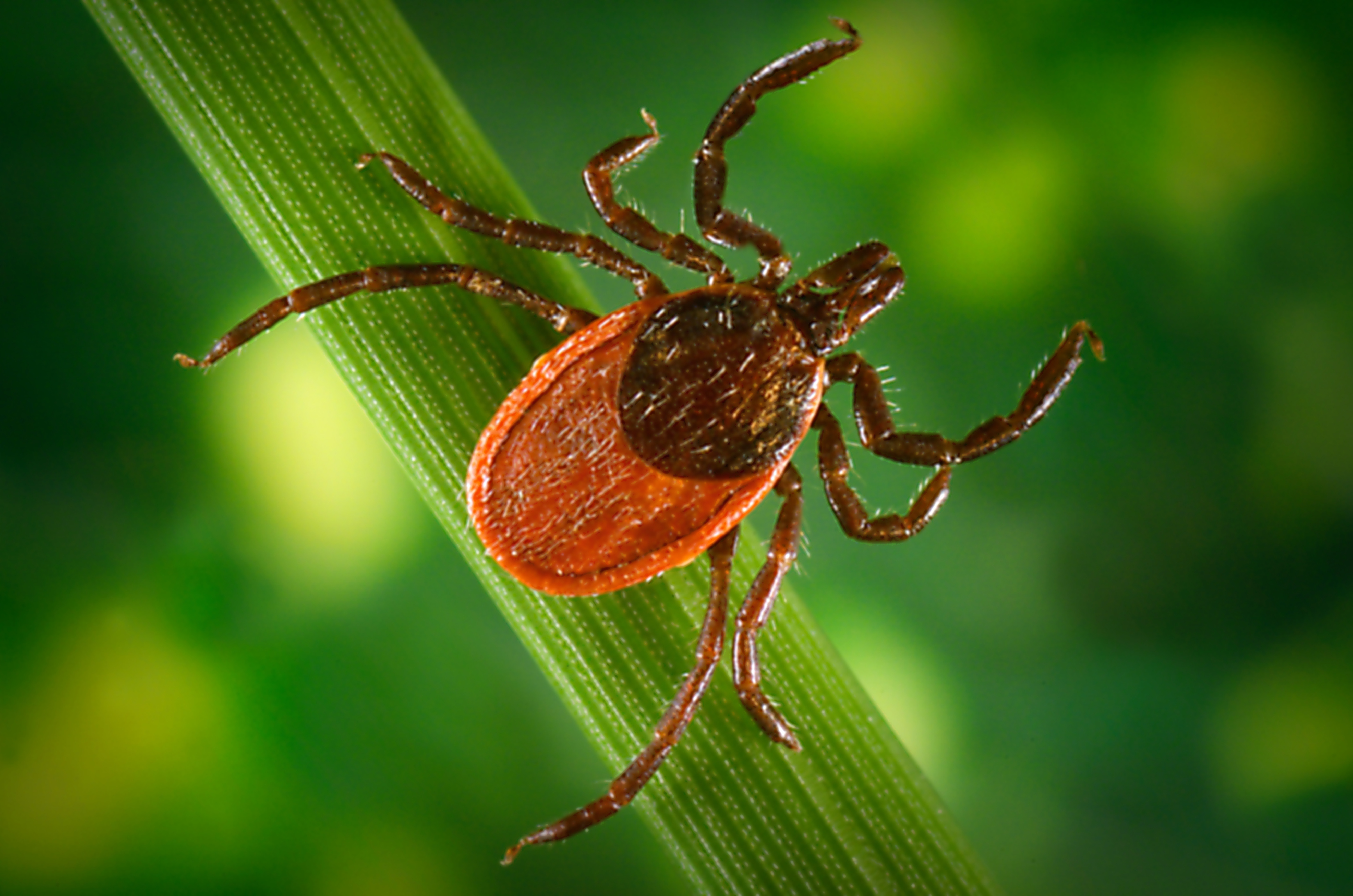By mapping the genetic code of particularly virulent strains of Lyme disease bacteria, scientists may have gotten a step closer to figuring out why symptoms persist for months, or even years, in some people.
Samples from hundreds of patients revealed that certain strains of the Lyme bacteria, Borrelia burgdorferi, have a protective outer layer that contains more of a type of protein that appears to function as armor against the human immune system, giving it a better chance of spreading throughout the body, according to a new study published Thursday in PLOS Pathogens.
The researchers hoped to learn how certain strains of the Lyme bacteria were able to spread beyond the initial bite site, potentially making post-treatment Lyme disease syndrome — when someone experiences lingering symptoms — more likely.
Get Connecticut local news, weather forecasts and entertainment stories to your inbox. Sign up for NBC Connecticut newsletters.
A map of virulent strains’ genes could potentially lead to better therapies, experts said.
“The more we know about how it causes disease, the better we can treat and prevent it,” said Dr. Paul Mead, an epidemiologist at the Centers for Disease Control and Prevention.
Nearly half a million people are infected with the Lyme bacteria each year, according to the CDC. It’s the most common vector-borne disease in the U.S. Others include West Nile virus and Dengue fever, which are spread by mosquitoes, or tick-borne illnesses like Rocky Mountain spotted fever.
Read the full story on NBCNews.com



